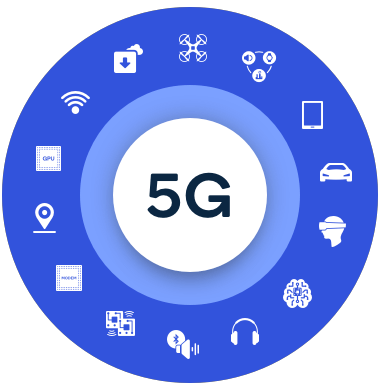5G is the fifth generation of wireless communication technology. It is designed to provide higher speeds, lower latency, and more reliable connections than its predecessor, 4G. This technology is expected to transform the way we live, work, and communicate by providing faster and more efficient access to data and the internet.
5G uses a different frequency band than 4G, allowing it to transmit data at much higher speeds. The peak speeds of 5G are estimated to be up to 20 times faster than those of 4G, making it possible to download a full-length movie in just a matter of seconds.
One of the key benefits of 5G is its lower latency. This means that the time it takes for data to be transmitted from one device to another is much shorter, making real-time applications such as augmented reality and virtual reality possible. This will also make it possible for connected devices to communicate with each other with little to no delay, making it ideal for use in the Internet of Things (IoT) and autonomous vehicles.
Another benefit of 5G is its ability to support a much higher number of devices simultaneously. This means that it will be able to accommodate the growing number of connected devices, such as smartphones, laptops, and smart homes, without compromising the quality of the connection.
Despite its many advantages, there are also some challenges associated with 5G. For example, it requires the deployment of new infrastructure, including new base stations, to support its faster speeds and lower latency. Additionally, the higher frequency band used by 5G is more susceptible to interference from physical objects such as buildings and trees, which can reduce its effective range.
In conclusion, 5G has the potential to transform the way we live, work, and communicate. Its high speeds, low latency, and ability to support a high number of devices make it ideal for use in a wide range of applications, from augmented reality and virtual reality to the Internet of Things and autonomous vehicles. However, the deployment of new infrastructure and the need to overcome challenges such as interference will be critical in ensuring the success of this new technology.

